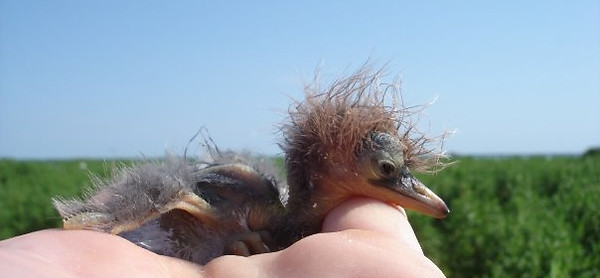





Community Ecology

Populations do not exist in a vacuum; that is, multiple species may be affected by the decline or increase in another, as many species interact. While it is important that we understand population-level processes, knowledge of species interactions can be just as important for conservation. As with my population studies, I have used both simulation modeling approaches and field based studies to examine community dynamics and how conservation efforts may be guided by them.
Often, a conservation action is performed on one target species for the benefit of another. For example, removing invasive predators is an action performed directly on the predator for the sake of its prey. In this instance, you need to know what you are doing to the predator population with your conservation action and what the response of the prey species will be. Traditional methods are typically concerned with how to best reduce the predator population, assuming that the method that does this the best will also provide the greatest increase in the prey population. We used multiple simulated predator/prey communities of varying life histories to show that the method that best reduces predators is not always the method that best increases the prey species.
Oliver Stringham and I then used this method to explore the management issue of red foxes preying on piping plovers along the New Jersey coast. We were able to show that building predator exclosures around plover nests, while doing nothing to reduce the predator population, was as effective as trapping and culling foxes for protecting the birds.
Just prior to the Deepwater Horizin oil spill, I studied avian communities in coastal Alabama to determine the diversity of each region. On a coastline as small as Alabama's, distinct avian communities characterized each region, as there was little overlap among the nesting species in each. This suggested that post oil spill management of these islands should not take a "one size fits all" approach and that each local community should be managed individually rather than a sweeping, coast-wide management action.


